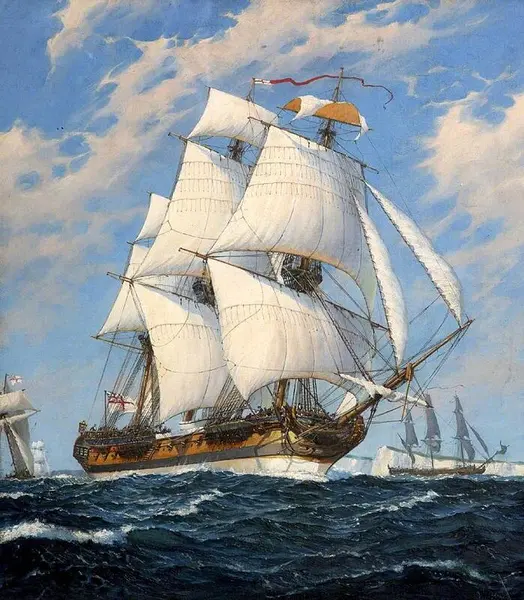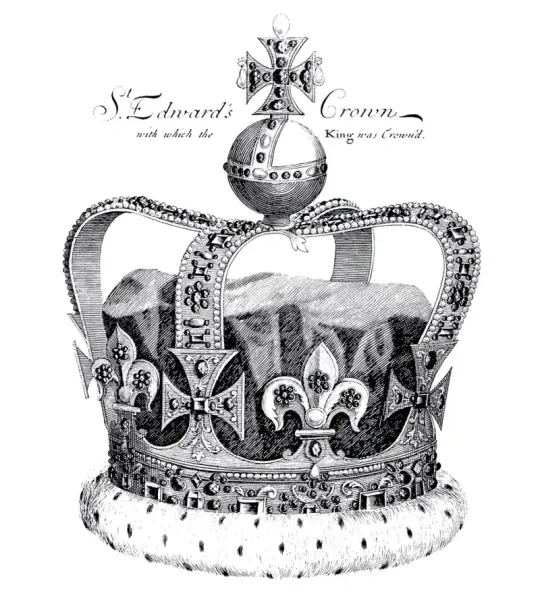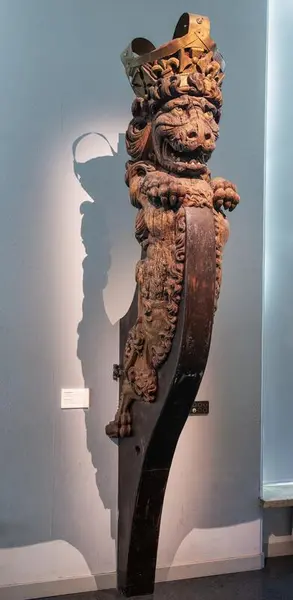- 1/1
Figurehead from the Royal Navy found on Forlandet. Many of the fine details have worn away, but many can still be seen. Photo: Svalbard Museum.
What is a figurehead?
As long as boats have been built, boat builders have adorned their bows with images and figures. The Egyptians had figures on the bows of their boats to bring luck and protection on their voyages. Viking dragons were meant to intimidate enemies and protect against evil forces. In the 17th century, warships were heavily decorated, and this ornamentation was part of the absolute monarchs' propaganda machinery. The most common type of figurehead was a crowned lion, a symbol of royal authority.
- 1/1
HMS Liverpool, built in 1758. The ship is similar to the vessel that had the figurehead found in Svalbard. Painting by William McDowell - https://artuk.org/discover/artworks/hms-liverpool-94783, Public Domain, https://commons.wikimedia.org/w/index.php?curid=127955820
From a ship with 200 men.
Although the figure found on the shore is weathered, there are still details that can help identify it further. There is a wide cross on the lion's crown, and also the suggestion of a lily, or fleur-de-lis. The only country that uses this crown is the United Kingdom and the figureheads in the Royal Navy. This crown design was made after the restoration of the monarchy in 1660. Therefore, the figure must have come from a warship belonging to the Royal navy. The size of the figure suggests that the ship must have been medium-sized, possibly with a crew of around 200 men, 20-30 cannons, and a length of 40 meters.
By comparing the figure from Svalbard with one from the Maritime Museum in Stockholm, it is even easier to see the similarity, even though the figure in Sweden is better preserved. The figure in Stockholm is dated to around 1740, and the one in Svalbard is from the same period based on art historical similarities.
- 1/1
The crown was made after the monarchy was restored in 1660. Note the design of the cross and parts of the lily. Contemporary drawing by Francis Sanford.
- 1/1
Galleon figure from the Royal Navy: Photo: Anneli Karlsson, Maritime Museum.
- 1/1
Galleon figure from the Royal Navy: Photo: Anneli Karlsson, Maritime Museum.




